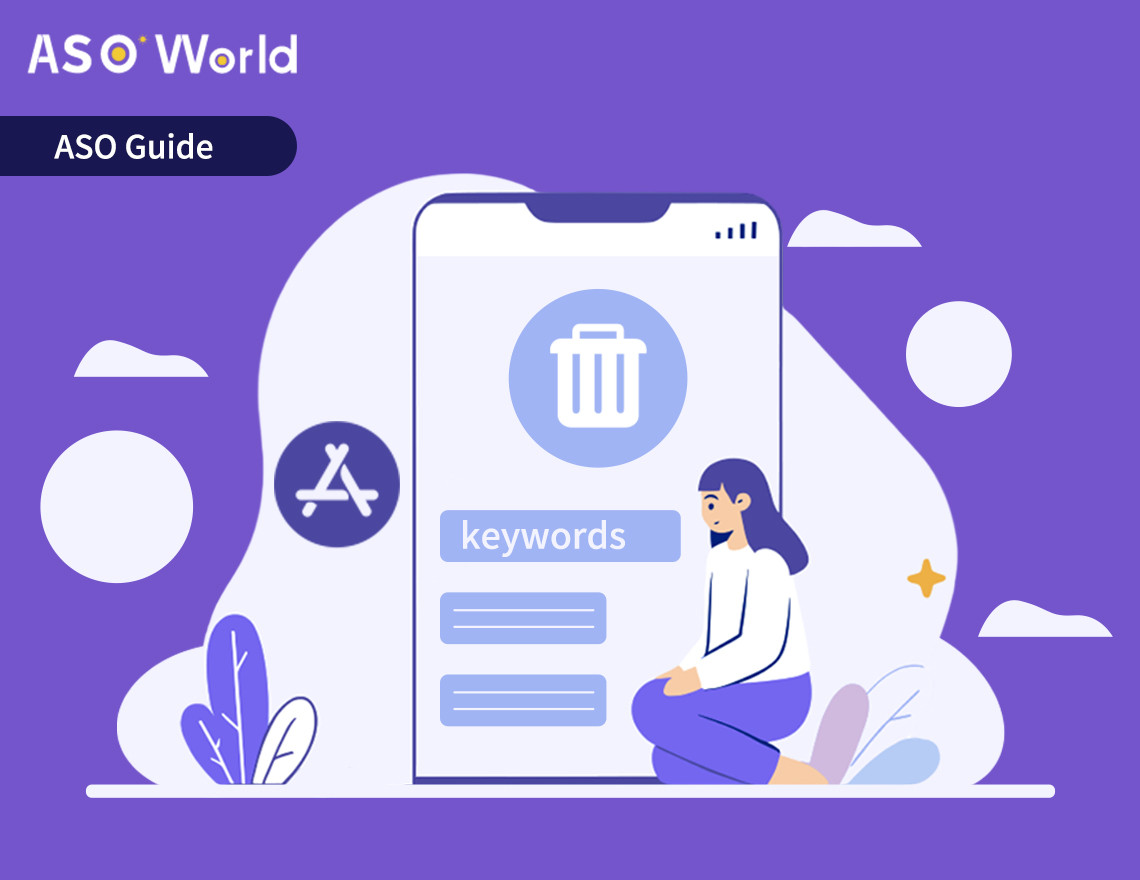App Store Optimization Masterclass 2/3 - Mastering Keywords for Maximum Impact

Understanding Keywords in ASO
Keywords are the terms and phrases that potential users type into the app store search bar. Optimizing your app with the right keywords ensures that it appears in relevant search results, increasing the chances of downloads. Effective keyword integration involves strategically placing these terms in the app name, short description, and long description.
Implementing Keywords into App Name
The app name (or title) is one of the most critical elements for ASO. It's the first thing users see and the most heavily weighted by app store algorithms. To optimize your app name:
Incorporate Primary Keywords: Include your primary keywords naturally in the app name. For example, if your app is a photo editor, a name like "SnapEdit: Photo Editor & Filters" is more effective than just "SnapEdit."
Keep it Concise: While including keywords, ensure the name remains concise and readable. Both the Apple App Store and Google Play Store have character limits (30 and 50 characters, respectively).
Brand Recognition: Balance keyword inclusion with brand identity. Your app name should still be unique and memorable.
Optimizing the Short Description
The short description (available in the Google Play Store) is a brief, one-sentence overview of your app that appears below the app name in search results.
Highlight Core Features: Use this space to emphasize the app's primary features and benefits.
Include Keywords: Integrate one or two of your most important keywords naturally. For instance, "Edit photos instantly with SnapEdit's powerful filters and tools" incorporates "edit photos" and "filters."
Enhancing the Long Description
The long description provides an opportunity to elaborate on your app's features, functionality, and benefits. It's indexed by search engines, making it crucial for ASO.
Keyword Density: Aim for a natural keyword density of around 2-3%. Overstuffing can lead to penalties.
Use Variations: Include variations and related keywords to capture a broader range of search queries.
Structure and Readability: Break the text into short paragraphs, use bullet points, and include headings. This enhances readability and user experience.
Call to Action: Encourage users to download your app with clear, compelling calls to action.

Conducting Keyword Analysis
Keyword analysis is the foundation of effective ASO. It involves identifying the terms and phrases your target audience is searching for. Here’s how to conduct a thorough keyword analysis:
Brainstorming: Start with a brainstorming session to generate a list of potential keywords related to your app’s functionality and target audience.
Use ASO Tools: Utilize ASO tools like data.ai, Sensor Tower, or Mobile Action to identify relevant keywords. These tools provide data on search volume, competition, and relevance.
Search Trends: Analyze search trends using tools like Google Trends to understand seasonal and long-term trends.
User Intent: Consider the intent behind the keywords. Keywords indicating a clear intent to download (e.g., "best photo editor app") are more valuable than generic ones.
Leveraging Competitor Keyword Analysis
Analyzing your competitors' keywords can provide valuable insights and help you identify gaps and opportunities in your own strategy.
Identify Top Competitors: Determine who your main competitors are in the app stores.
Analyze Their Metadata: Examine their app names, descriptions, and user reviews to identify commonly used keywords.
Use Competitive Analysis Tools: Tools like AppTweak or App Radar can provide detailed reports on competitors' keyword strategies.
Benchmarking: Compare your app's performance with competitors to understand where you stand and identify areas for improvement.
Conclusion
Keyword optimization is a pivotal component of App Store Optimization, driving visibility and downloads for your app. By strategically implementing keywords into your app name, short description, and long description, and conducting thorough keyword analysis, you can significantly enhance your app's discoverability. Additionally, analyzing competitors' keyword strategies provides a competitive edge, helping you refine your approach and stay ahead in the crowded app marketplace.
Investing time and resources in ASO, particularly in keyword optimization, will pay off in increased visibility, higher rankings, and ultimately, more downloads for your app.



